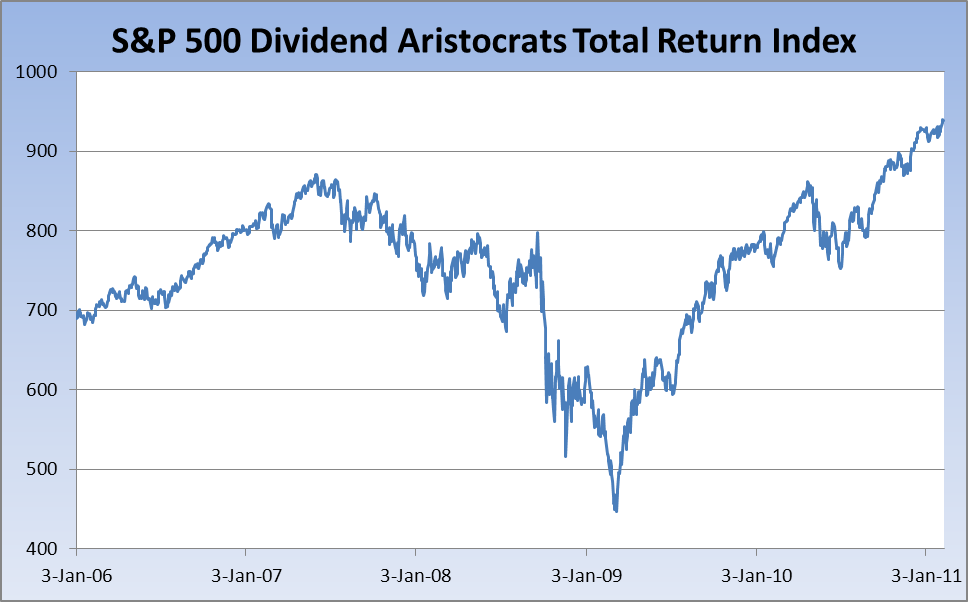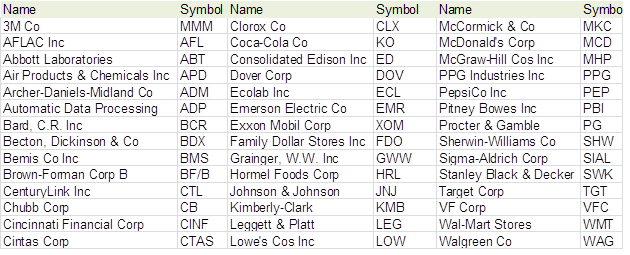Invictus here. I have been reviewing a variety of assorted miscellaneous items:
Likely flat-earther/creationist Peter Wallison continues to believe that if he blames Fannie, Freddie, and CRA enough times, eventually it will be true that they — and they alone — were the sole causes of the financial crisis. His inability to back down in the face of overwhelming evidence is, frankly, quite remarkable (in a what-sort-of-psychological-disorder-is-that kind of way).
Jerry “Bush Boom” Bowyer has a new book out, thereby proving conclusively that some people have no shame.
Henry Blodget took a personal interest in the Vanity Fair article by Michael Lewis about a Merrill analyst — Philip Ingram — who was allegedly terminated for a spot-on report about trouble at the Irish banks. Henry, who I’d swear once said or wrote that he’d never again discuss his banishment from the securities industry and/or the fines he paid, can’t help but once again proclaim his innocence:
(For example, in an email, I once referred to a stock that Merrill rated “Buy” as a “piece of junk.” Spitzer said this proved that I did not think investors should buy the stock. In my week of testimony at Spitzer’s office, I explained my side of this story–that when I wrote the email I was reacting to inaccurate negative information that I had just been given about the company, that the stock had already fallen 90% from its high and therefore was probably fairly described as a piece of junk regardless of what one thought the stock might do in the future, that stock ratings are an opinion about a stock’s “appreciation potential over the next 12 months,” not assessments of a company’s quality, a summary of past performance, or an action recommendation for all investors, and, perhaps most persuasively, at least to me, that I wasn’t actually covering the stock at the time. But these explanations had fallen on deaf ears.)
Here’s the SEC’s side of the story (Spitzer’s complaint apparently not available on the web). They saw things a wee bit differently.
I listened to the first 45 minutes of two hours worth of a Stan O’Neal interview by the FCIC before I had to puke. Although of course it was only audio, I got a very good sense of Stan’s looks:
(Source: Merrill Lynch Photo Archives)
Finally, a word about the battering that David Rosenberg is taking of late for having “missed” an almost 100% move in the stock market. If only. While no one would ever confuse Dave with a bull, the fact is that stocks are not the only asset class and that even as it relates to equities, Dave has long advocated what he called Safety and Income at a Reasonable Price (SIRP) — you can find it in many of his daily missives. For the sake of discussion (and based on his writings), let’s call SIRP a focus on larger cap, stronger-balance-sheet, dividend paying companies. That said, let’s look at some investments that Dave has recommended over the past couple of years:
Gold and Silver — Dave has been bullish gold — and even more so silver — for quite some time. Anyone who committed some capital to this space has done well; I was buying SLV — on Dave’s call — since it was a pre-teen. (At one point DR wrote that he felt silver had — relative to gold — more upside. Enough said.)
Bonds — If you bought most any bonds, you’ve done okay (though you’ve clearly given some gains back of late). Not many were calling for rates — especially 10-years and out — to fall as low as they did and, if you were lucky enough to sell at or near the top, you had a very nice trade.
Stocks (SIRP) — As a proxy for Dave’s SIRP strategy, let’s take a look at an index many might not even know exists — the S&P500 Dividend Aristocrats which, according to S&P:
The S&P 500® Dividend Aristocrats index measures the performance of large cap, blue chip companies within the S&P 500 that have followed a policy of increasing dividends every year for at least 25 consecutive years.
Mind you, only about 40 stocks make the grade — it’s a very elite little club, but exactly the types of companies Rosie’s been recommending for quite some time.
Here’s what that index — including dividends — looks like over the past five years (which is what the file S&P sent me contained; looks very much like a fresh five-year high):
(Source: Standard & Poors)
So if you’d allocated assets based on Dave’s recommendations over the past couple of years, the fact of the matter is you’ve done okay, which is why I don’t understand all the hyperbole over his “missed” call: Stocks are not the only asset class and he’s never suggested being out of the market entirely. And please, no need to weigh in if you don’t read his reports on a daily basis — be mindful of BR’s comment caveat. (Awaiting commentary from those who bought at the 666 intraday low on March 6, 2009; kudos to you.)
For those who want the Dividend Aristocrats constituent list (and are too lazy to click through to the link I provided), here it is:





What's been said:
Discussions found on the web: